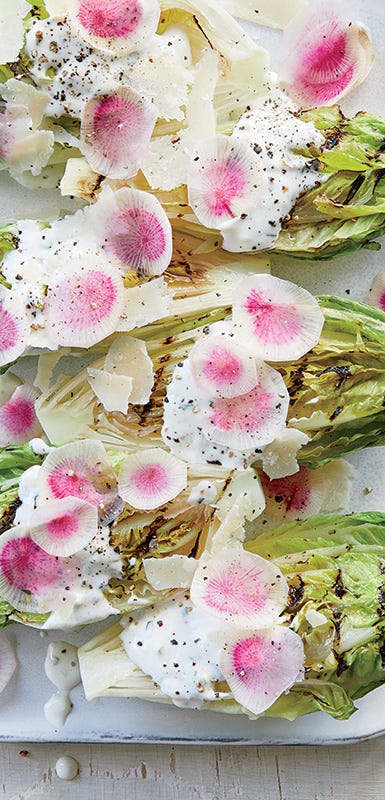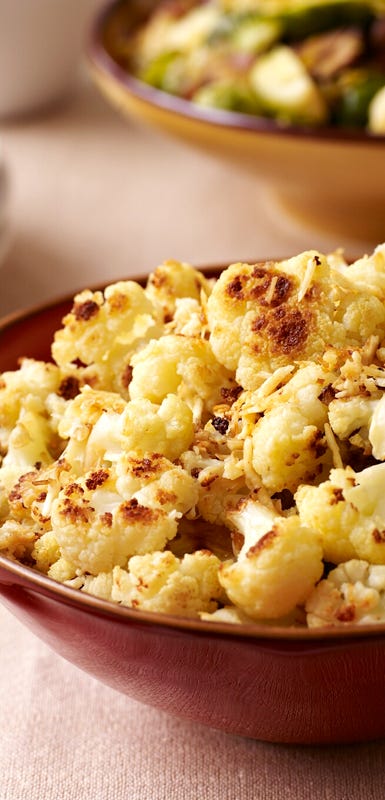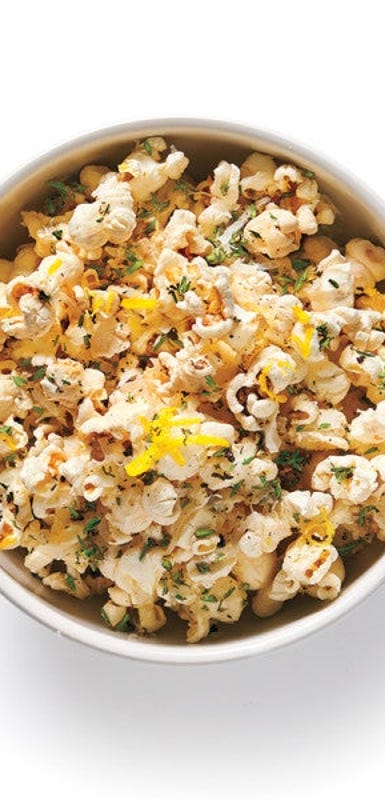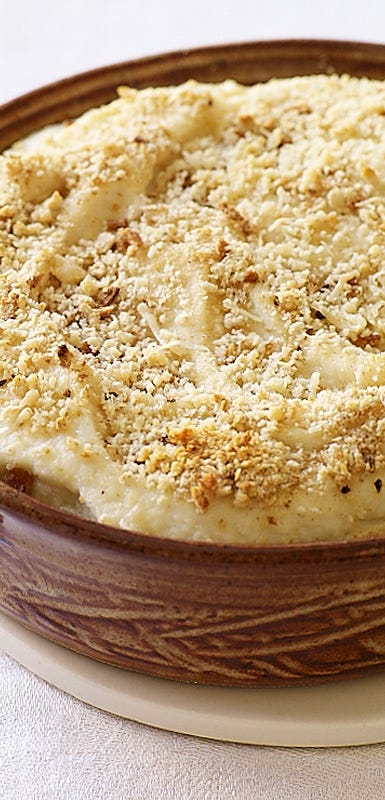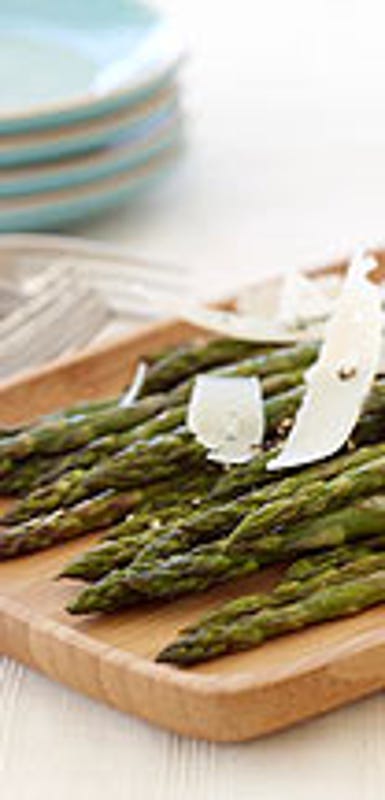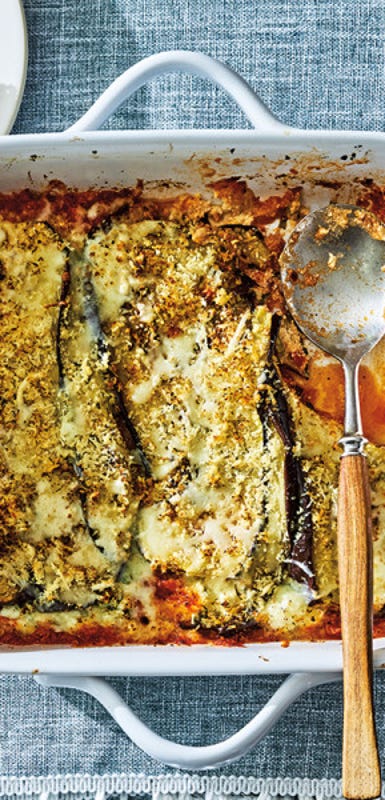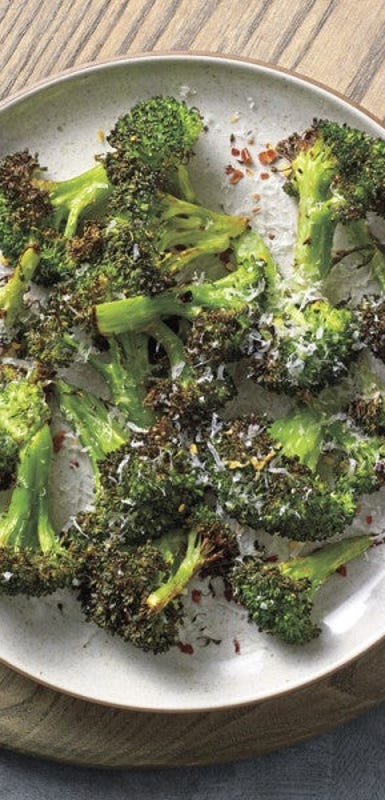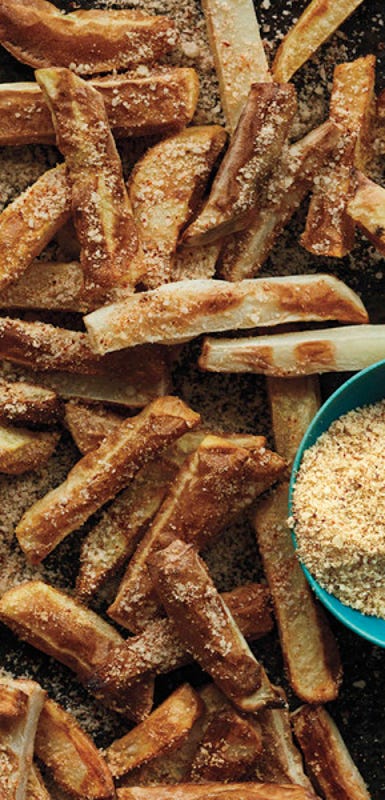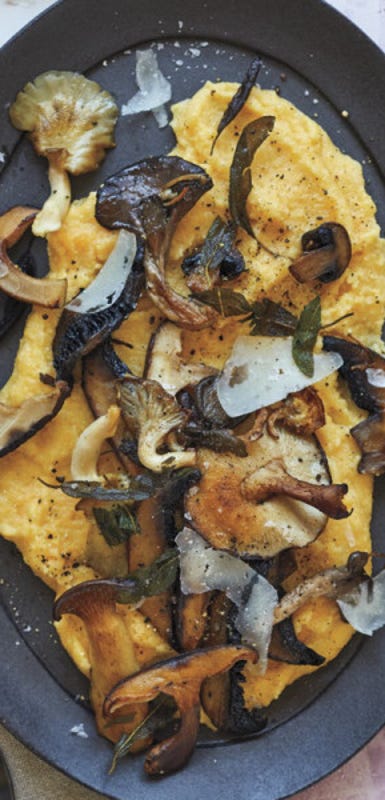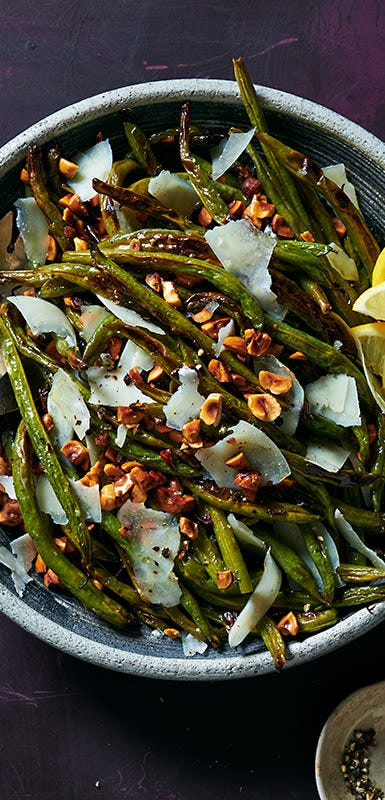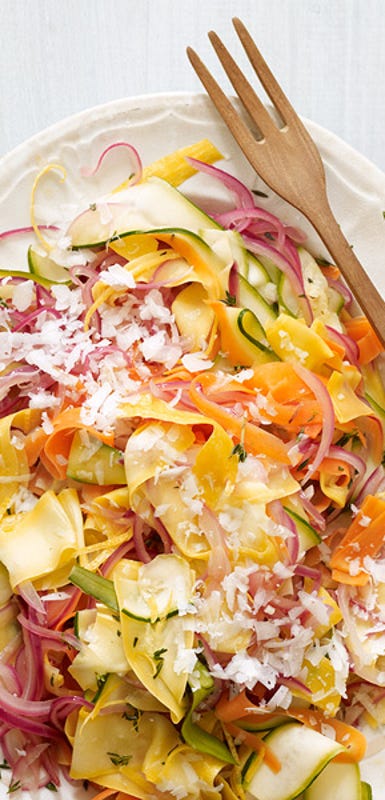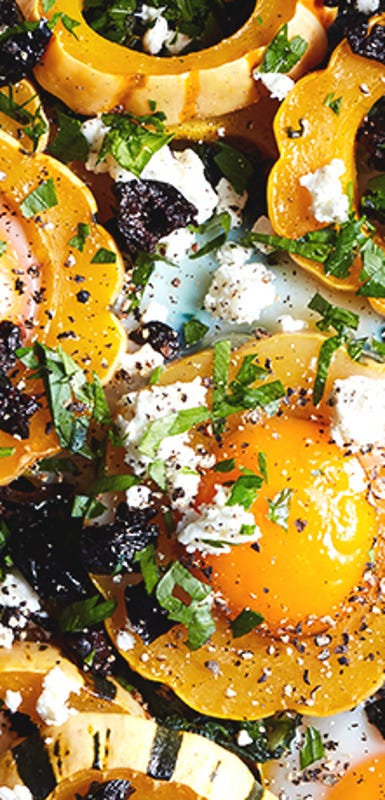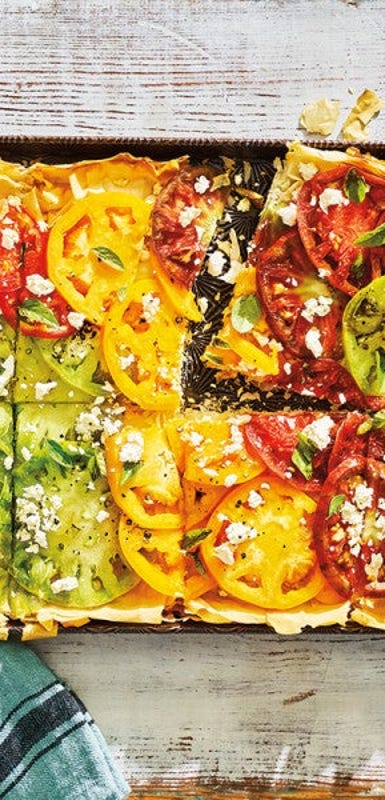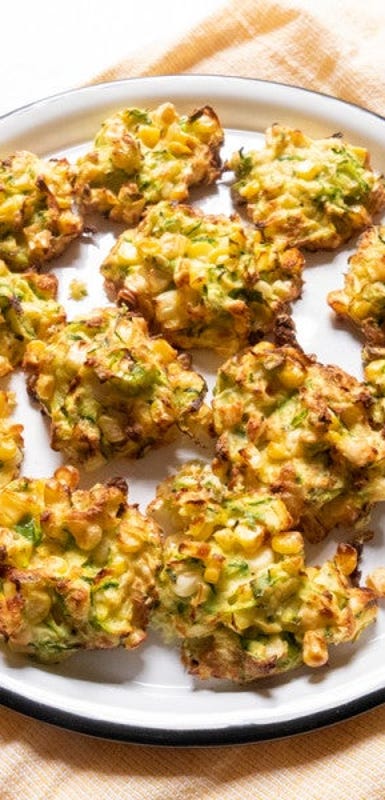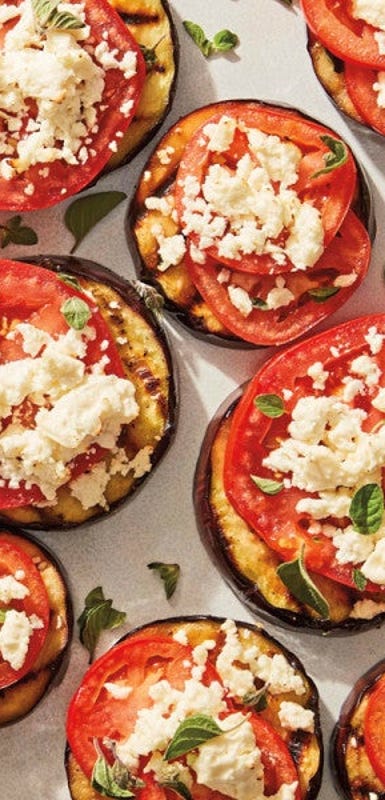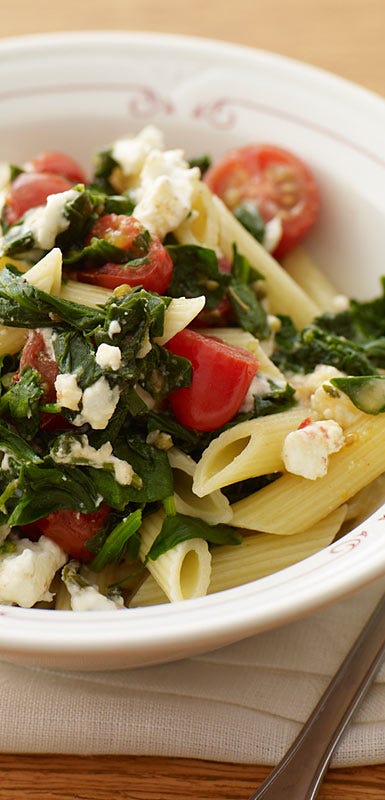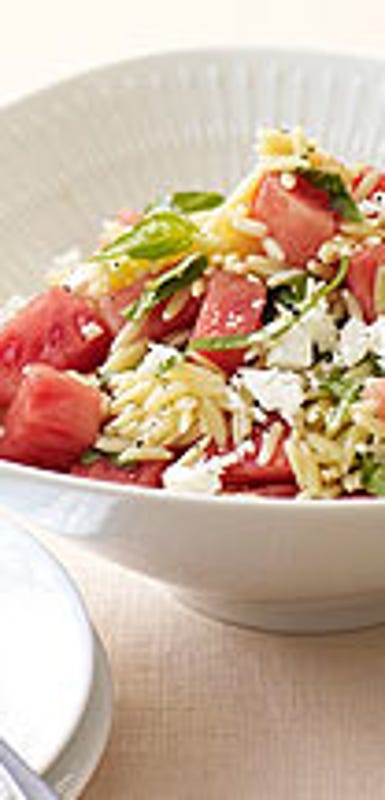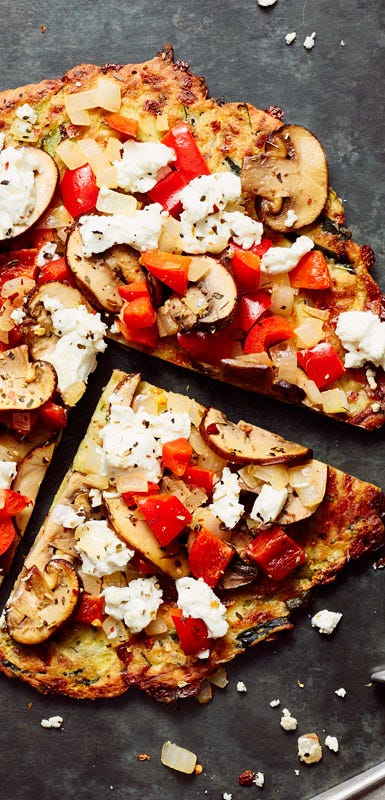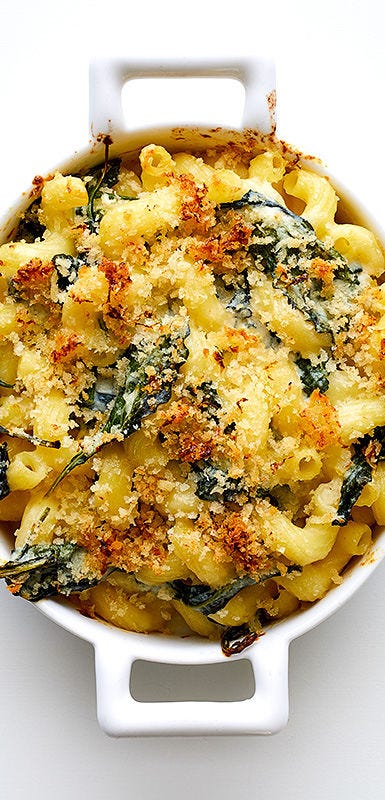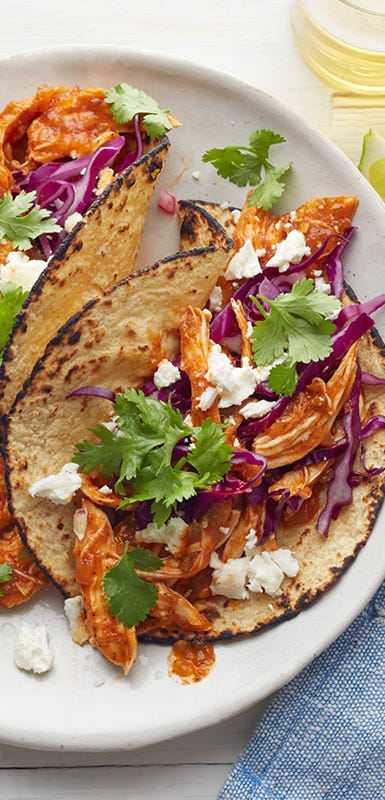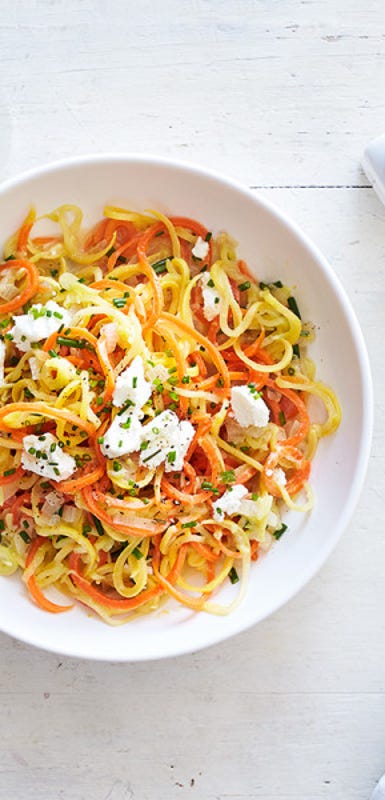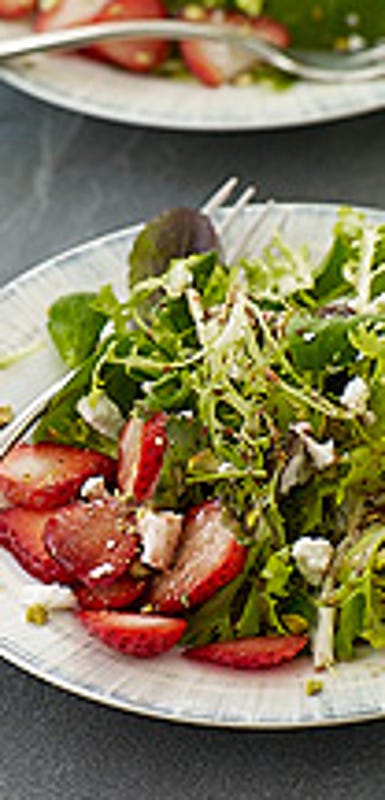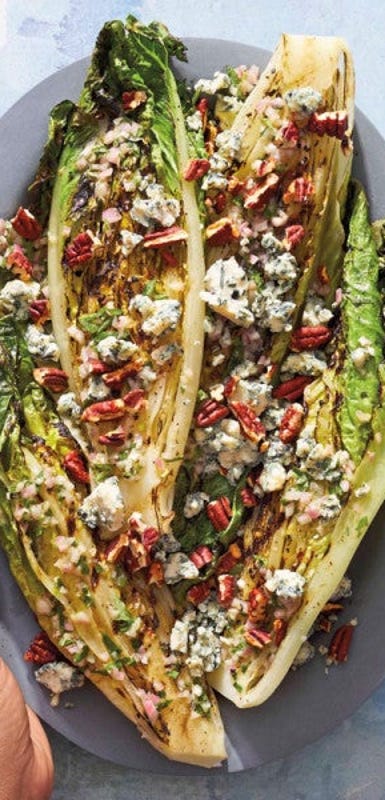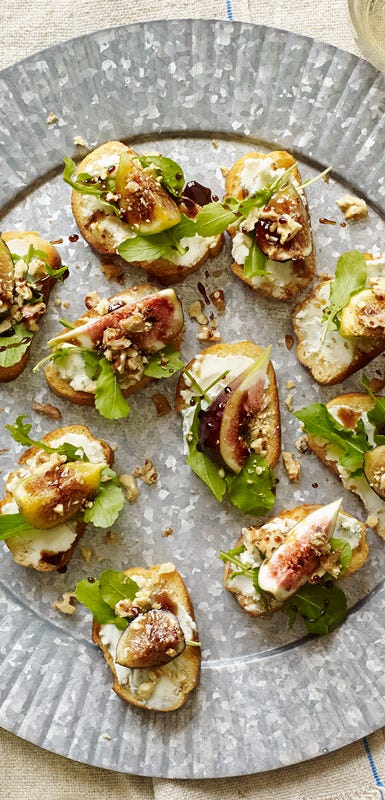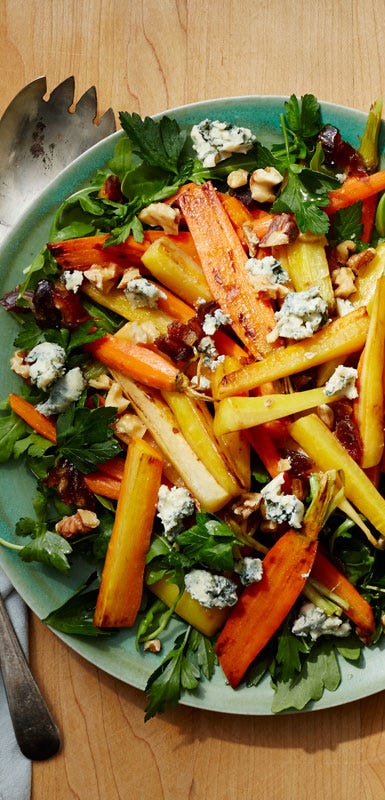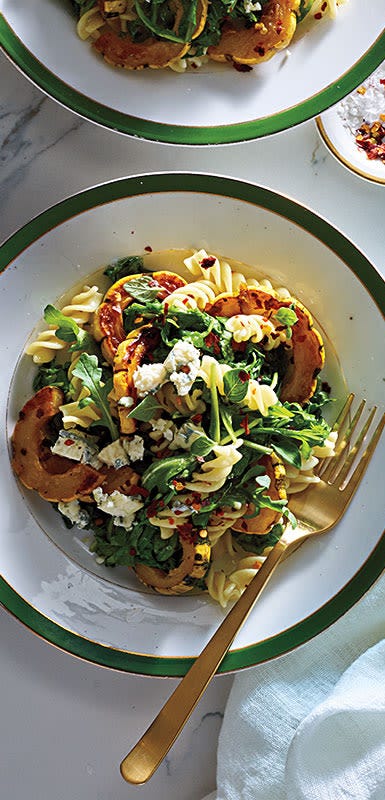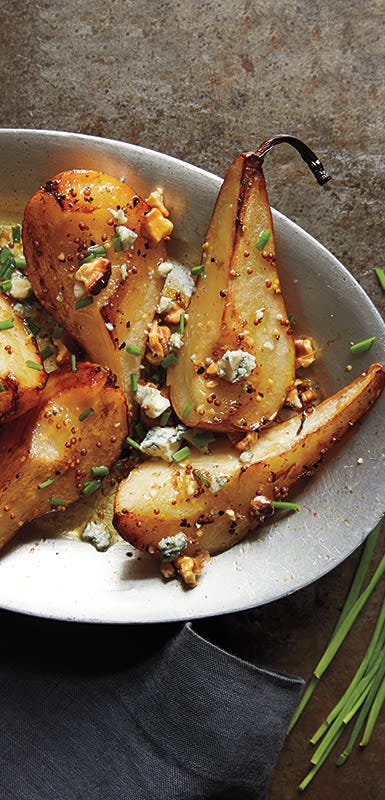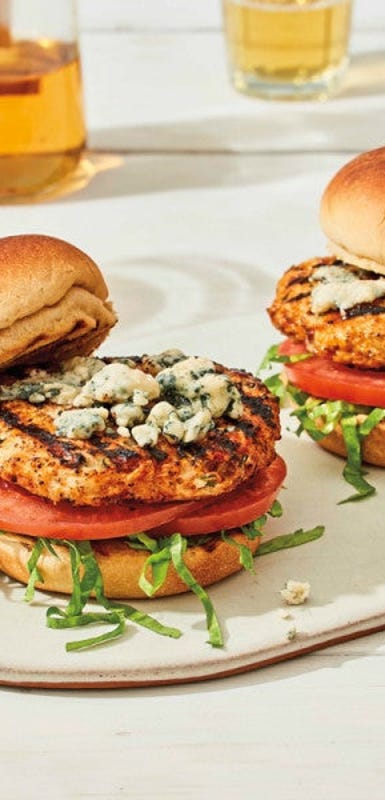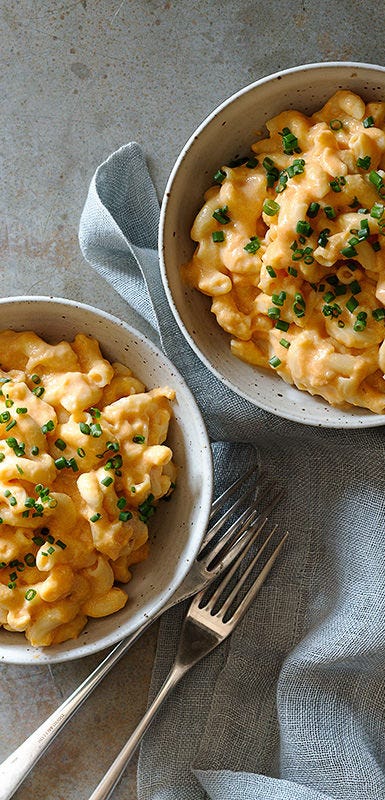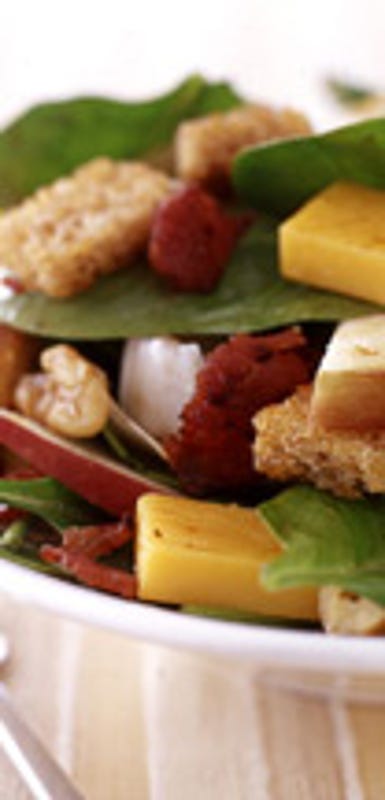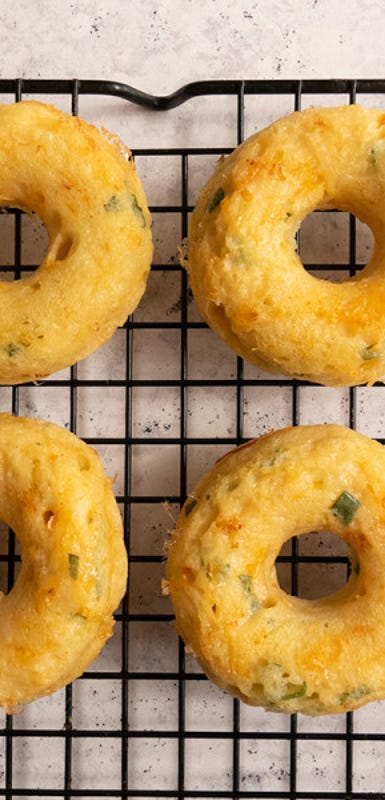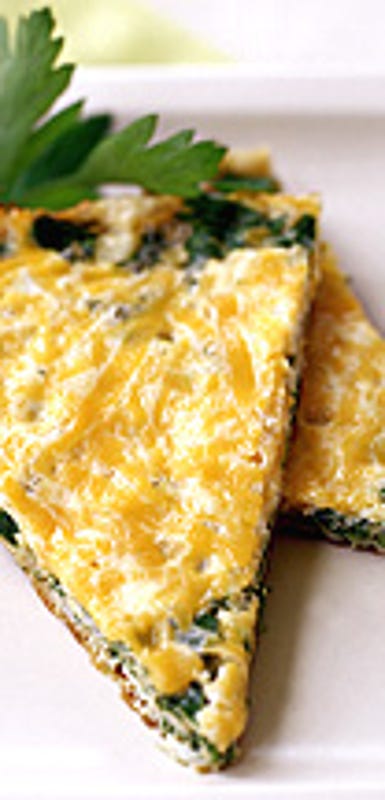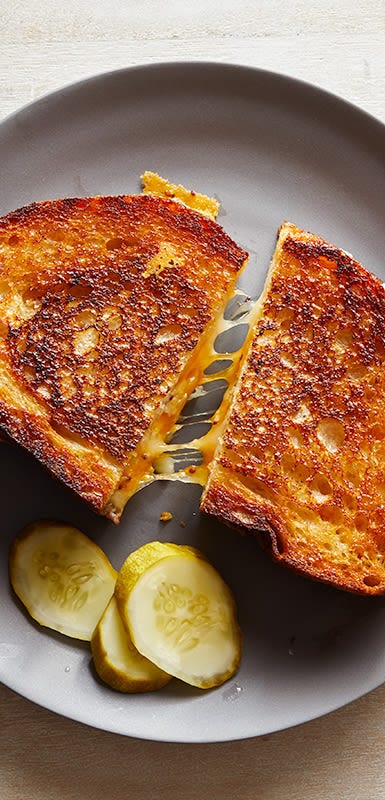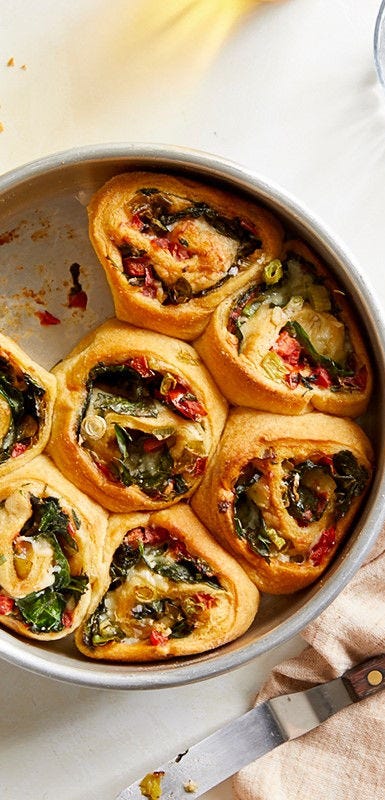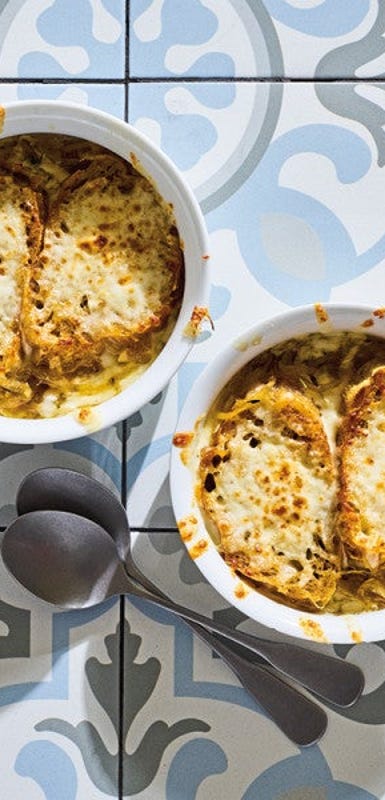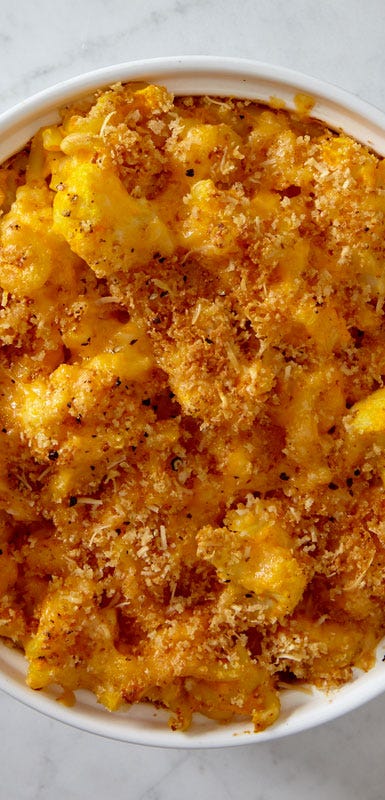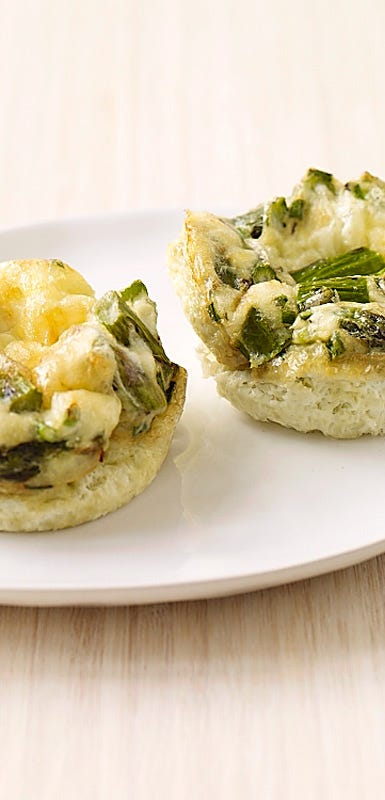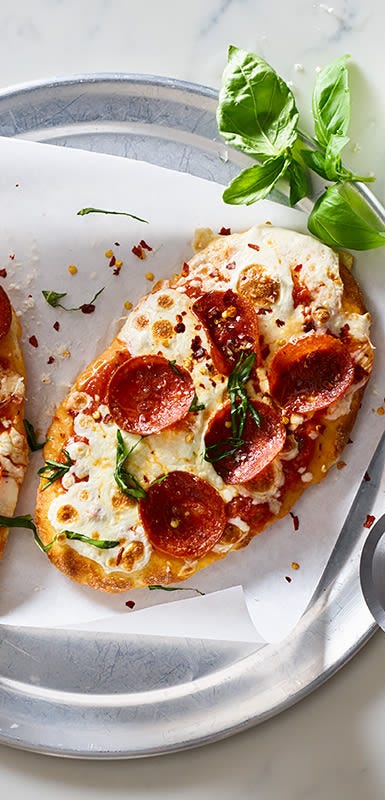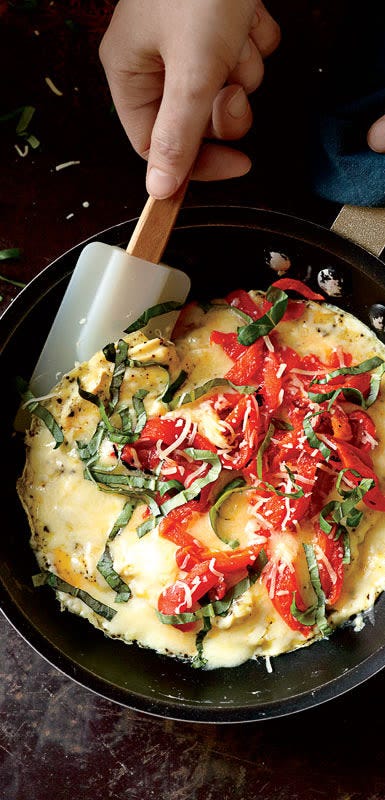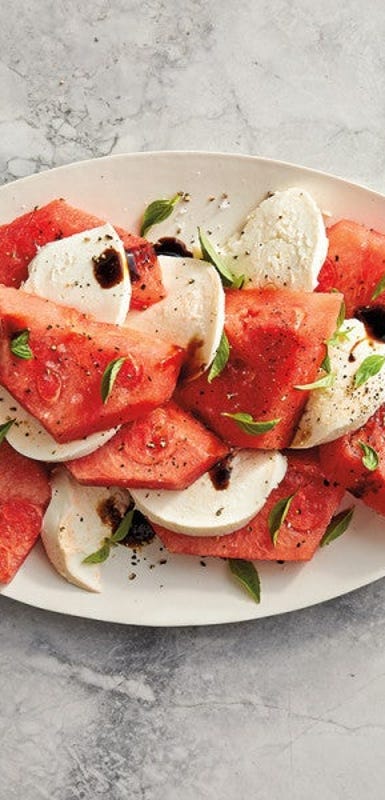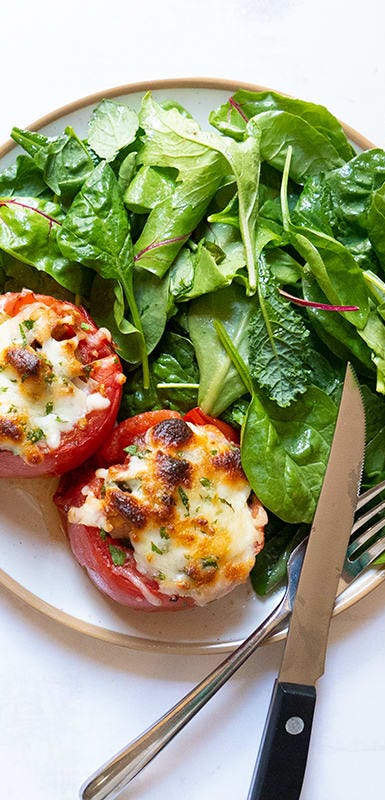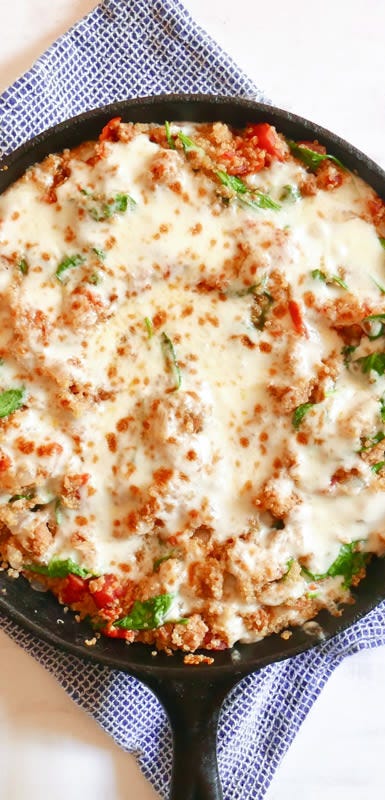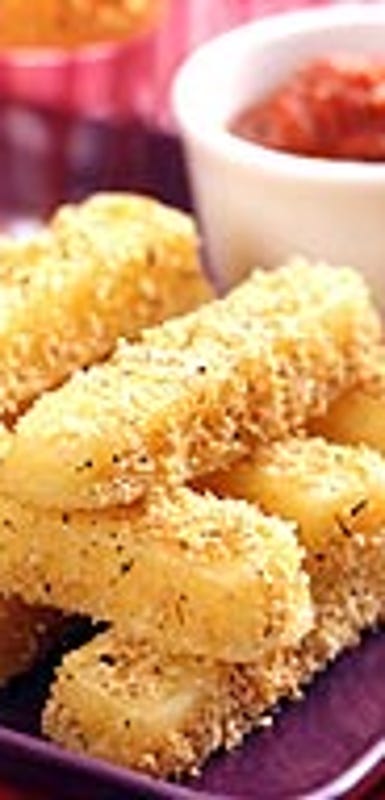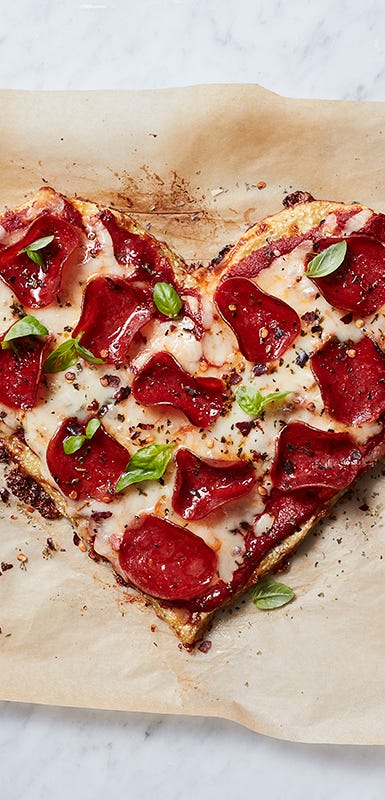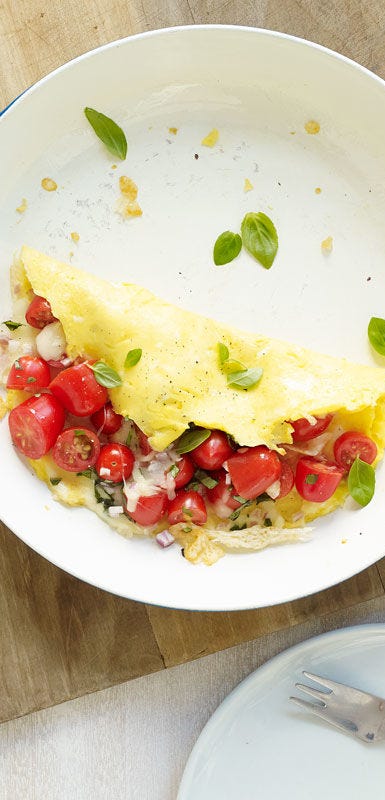Can You Eat Cheese and Still Lose Weight?
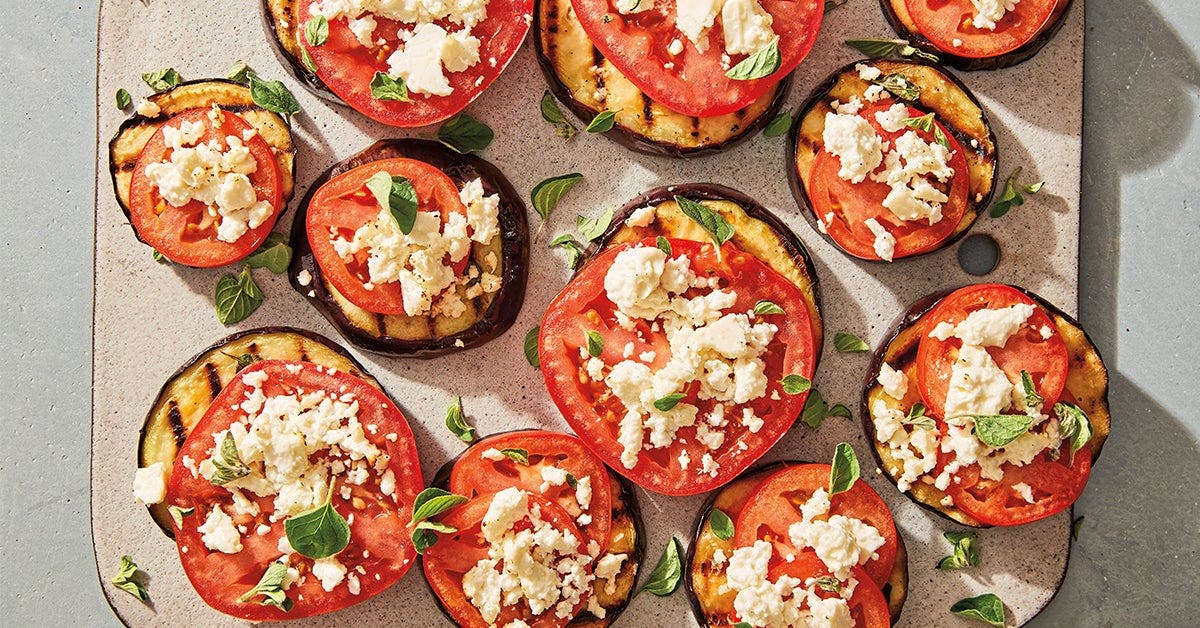
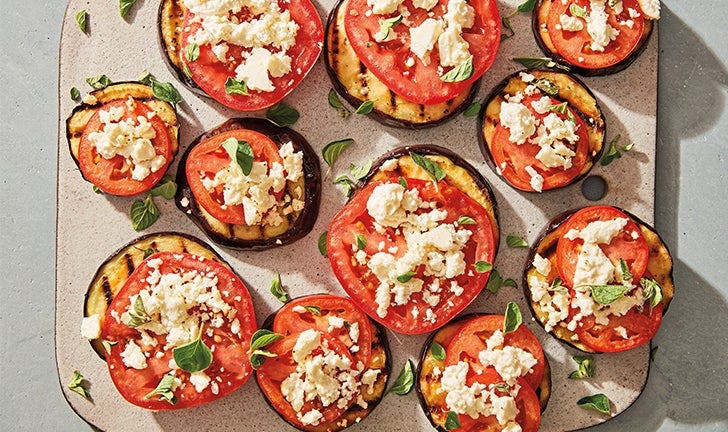
From bubbling mozzarella on a fresh pizza pie to nutty Parmigiano-Reggiano sprinkled on your movie-night popcorn, nothing quite compares to cheese. But if you've recently begun a weight-loss journey, you might be wondering if you need to cut out cheese’s creamy, crumbly, gooey delights. Wonder no longer.
Not only is cheese delicious; it can totally work in a healthy pattern of eating—even the full-fat kind, and even when you’re following a weight-loss program, assures Caroline Passerrello, MS, RDN, LDN, a spokesperson for the Academy of Nutrition and Dietetics and an instructor at the University of Pittsburgh. While specifics vary by type (more on all that in a moment), cheese in general delivers key nutrients including phosphorus, and vitamins A and D, she says. And many varieties are good or excellent sources of calcium and protein, the latter being an important aspect of satiety.
Unless you have a milk allergy and or are lactose-intolerant, there’s really no health reason to ban cheese from your diet, Passarrello says. (If you are in one of those groups, non-dairy cheese might be something to consider.) Otherwise, it’s totally fine to enjoy cheese!
Can eating cheese help you lose weight?
While upping your cheese intake won’t shift the scale on its own, some research suggests that eating more dairy products could be helpful as part of a broader weight-loss program. One recent meta-analysis published in Nutrition Reviews determined that as part of an energy-restricted diet, increased dairy consumption resulted in greater weight loss. The protein in dairy may partly explain why: A 2013 study found that higher protein intake may help preserve muscle mass as pounds come off. Protein also makes meals more satisfying.
At some point you may have stumbled across an Internet theory that the probiotics found in some cheeses can fire up metabolism and melt belly fat. Alas, that is a myth. There’s no evidence that any single food can target belly fat, explains Angela Goscilo, MS, RD, CDN, nutrition manager at WW. Not to sound like a broken record, but the same strategies that promote healthy weight loss also support healthier levels of belly fat. If you’re looking to build core strength, consider movements that target the abdominal muscles, like planks.
All this to say: You don’t need to eat more dairy products to lose weight. The message here is that if you enjoy cheese, there’s no need to stress that a slice of Swiss or a few cubes of feta will derail your efforts. Lasting weight loss is a result of sustainable lifestyle changes, including shifting to a healthy pattern of eating, getting regular physical activity, and prioritizing sleep.
Isn’t cheese high in unhealthy fat?
It can be, but hear us out. While many non-skim varieties do contain saturated fat, which public health guidelines recommend limiting, this doesn’t mean you have to avoid cheese completely, Goscilo explains. Just keep an eye on serving sizes and be mindful of the rest of your diet. To make room for the saturated fat in cheese, think of places where you can swap in sources of unsaturated fats—the healthy kind linked to reduced risk of heart disease. Maybe that means using avocado in place of mayo on a sandwich, or grilling salmon for dinner in lieu of steak. You can also reach for low-fat or reduced-fat cheeses, Goscilo says, both of which can support a weight-loss journey.
How to enjoy cheese on a weight-loss journey
OK, so at this point we’ve established that all foods, including cheese, can be part of a healthy pattern of eating that supports weight loss. Now let’s talk flavour, which is an overlooked benefit of cheese, Passarello says. Cheese can bring a complex, bold taste to almost any dish, whether you’re adding a generous grating of Pecorino Romano to zucchini noodles or a scattering of blue cheese crumbles on a simple arugula salad. Cheeses with stronger flavours can be wonderful choices—because a little goes a long way, Passarello explains.
9 types of cheese: Nutrition facts and tasting notes
We’re not suggesting you become a cheesemonger overnight, but it can be helpful to know a little about the different types and some ways to enjoy them. Before you hit the cheese aisle, here’s the lowdown on 9 of our favourite varieties, along with 52 delicious recipes:
1. Parmigiano-Reggiano
A far cry from the grated, canned imitators, this is a regulated product from northern Italy; only wheels that meet strict guidelines are stamped "Parmigiano-Reggiano." As the cheese ages, Parmigiano's texture gets harder and crumblier, and its flavour sharper and nuttier, with shadings of salt, sweetness, and spice. (Parmesan is a domestic version of Parmigiano-Reggiano that may lack some of this dimension.) Grate Parmigiano-Reggiano on pasta or soup, shave it onto arugula salad or enjoy small chunks with honey-drizzled pear slices or dipped into balsamic vinegar. You’ll add bold flavour and get some protein and calcium.
2. Pecorino Romano
Like its cousin Parmigiano-Reggiano, Pecorino Romano is often grated on pasta (and is also delicious in small amounts with fruit and honey). A 2 Tbsp serving is a good source of protein, calcium, and phosphorus, the cheese is hard and grainy, with a slightly oily consistency. Its sharp, salty flavour packs a punch, so you don't need much to enjoy the taste. It's made from sheep's milk—look for a sheep's-head logo and the words "Pecorino Romano" on the rind to ensure you're getting the real thing.
3. Feta
A zesty sheep's-milk cheese, feta is made all over the world but is considered a Greek cheese. Depending on where it's made (wonderful versions also come from France and Bulgaria), feta might be sour or tangy, creamy or crumbly. Compared to other cheeses, it's relatively low-fat, and each single-ounce serving is a good source of protein. Buy it packed in brine—feta dries out quickly when exposed to air—and, if you find it too salty, soak it briefly in plain water. Feta is fantastic crumbled on salads, cooked vegetables and grains, and in traditional Greek dishes like spanakopita (spinach pie), and omelets and casseroles.
4. Goat cheese
There are dozens of varieties of goat cheese from all over the world, but all fall into two categories: fresh and aged. Younger cheeses are milder and creamier—so if you're going for the best bang for your PersonalPoints™, consider choosing an aged variety, which will have a more pronounced, salty tang. Chèvre is the French word for "goat"; cheese labeled chèvre is made in the French tradition, regardless of where it's from. Use goat cheese in salads (try it gently warmed), stirred into sauces, atop baked potatoes, or in quiche. Nutritionally, each 1 oz serving is a good source of protein and vitamin A, and an excellent source of calcium.
Goat cheese recipes
5. Blue cheese
Nearly every cheese-producing country has its own famed variety of this pungent specimen: Roquefort (France), Cabrales (Spain), Gorgonzola (Italy), Stilton (England), Maytag (United States). They all share bluish-green moldy veining and an assertive, salty flavor, but each has its own distinct bite, depending on which animal's milk is used—cow, sheep, or goat. Try blue cheese in salads and omelets, or melted on a burger. Like many other varieties of cheese, 1 oz of blue cheese is a good source of protein and calcium.
6. Cheddar
Cheddar refers to both the village in England where the cheese originated and the technique known as "cheddaring," which imparts a distinct dry texture. As the cheese ages, its flavour becomes quite sharp. Though cheddar cheese is made worldwide, English farmhouse cheddar is the most sought-after—it's delicious savoured on its own. A good source of protein and calcium per 1 oz serving, cheddar pairs well with everything from apples and pears to crusty French bread and crackers.
7. Gouda
Gouda originated in the Netherlands and is now produced pretty much everywhere. Garden-variety Gouda is super mellow. If you find this too bland, aged varieties might be worth seeking out. Deep caramel in colour, aged Gouda has hints of butterscotch and spice. A 1 oz serving of Gouda is a good source of protein and an excellent source of calcium.
8. Gruyère
You might know this Swiss cheese as the basis of fondue. Authentic Gruyère has the word "Switzerland" stamped on the rind. Young Gruyère’s flavour is nutty and almost fruity; as it ages, it becomes more forceful and earthy. It’s an extremely versatile cheese that can be grated into salads, sliced with apples or pears, and melted into dishes like French onion soup. It’s a good source of protein and an excellent source of calcium, per 1 oz serving.
9. Mozzarella
Mozzarella is a stretched cheese curd that originated in Italy and was first made with milk from Mediterranean buffaloes. While you can still find buffalo-based varieties (mozzarella di bufala), you’re more likely to see cow’s milk mozzarella at your local grocery store, or a blend of the two. Fresh mozzarella has a soft texture and creamy, mild flavour; it’s often sold packed in water or whey. Low-moisture mozzarella is firmer and melts better than the fresh version, which is why it’s preferred for pizza. You can find this type as blocks, pre-shredded bags, or cheese sticks. A 1 oz serving of either type makes a good source of protein and calcium.

